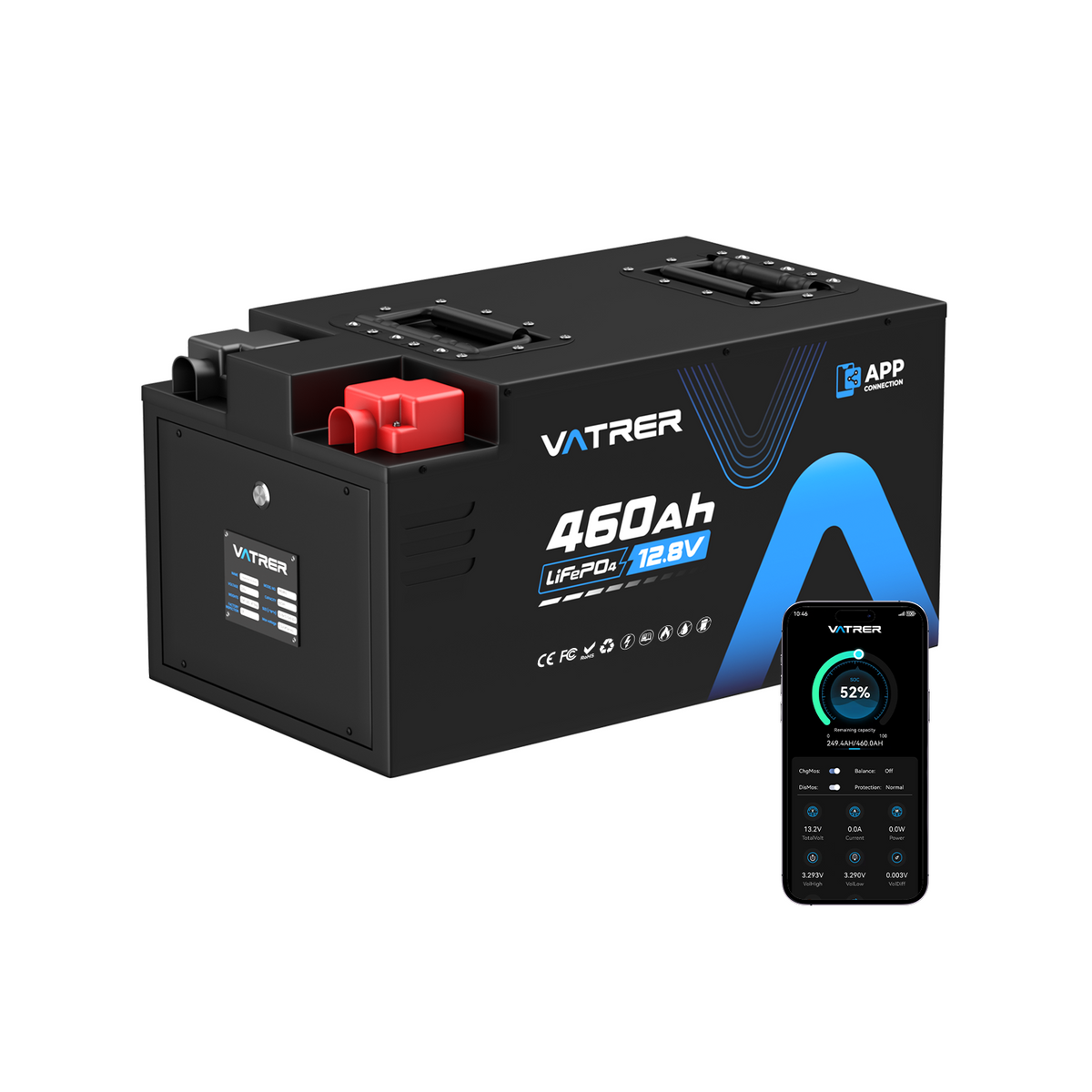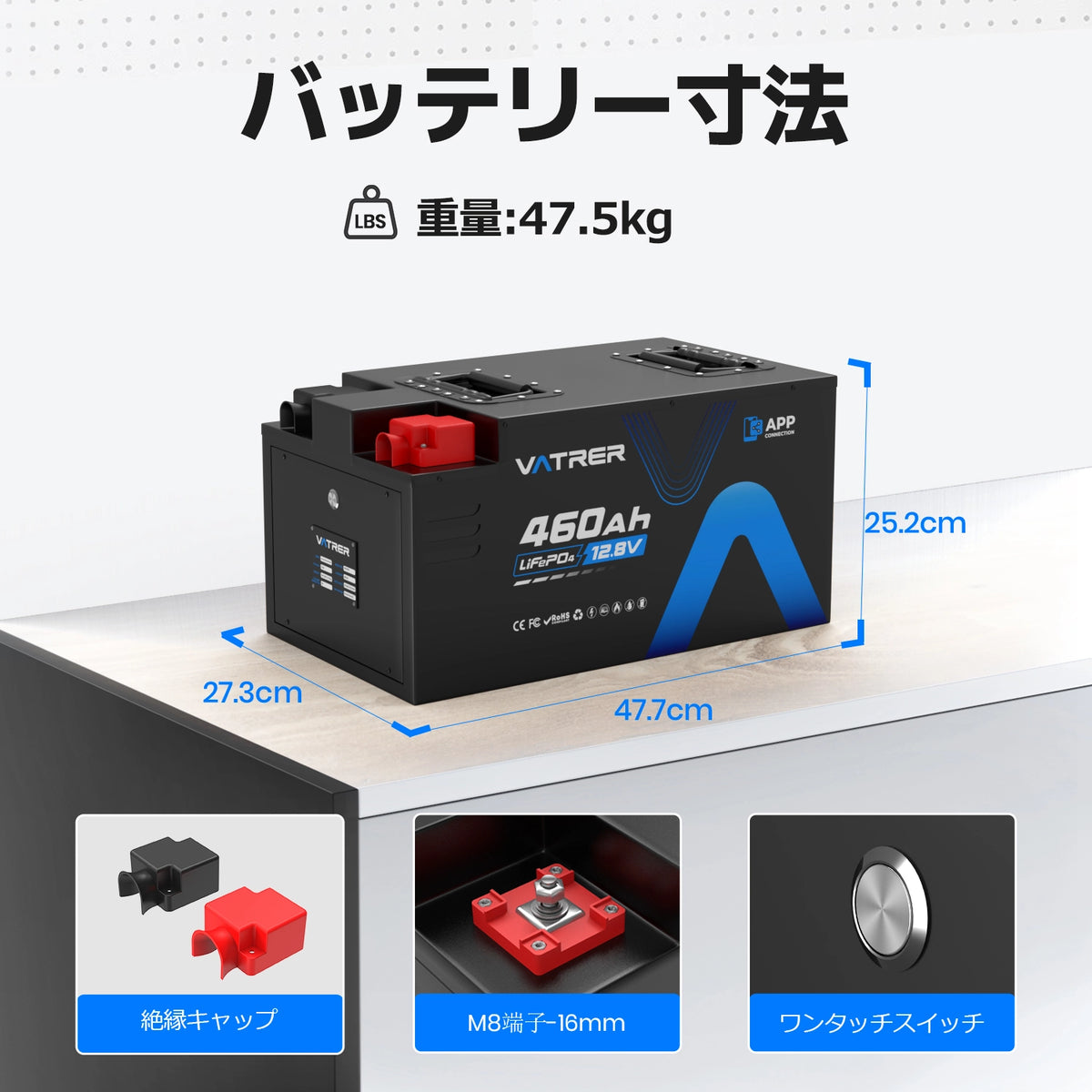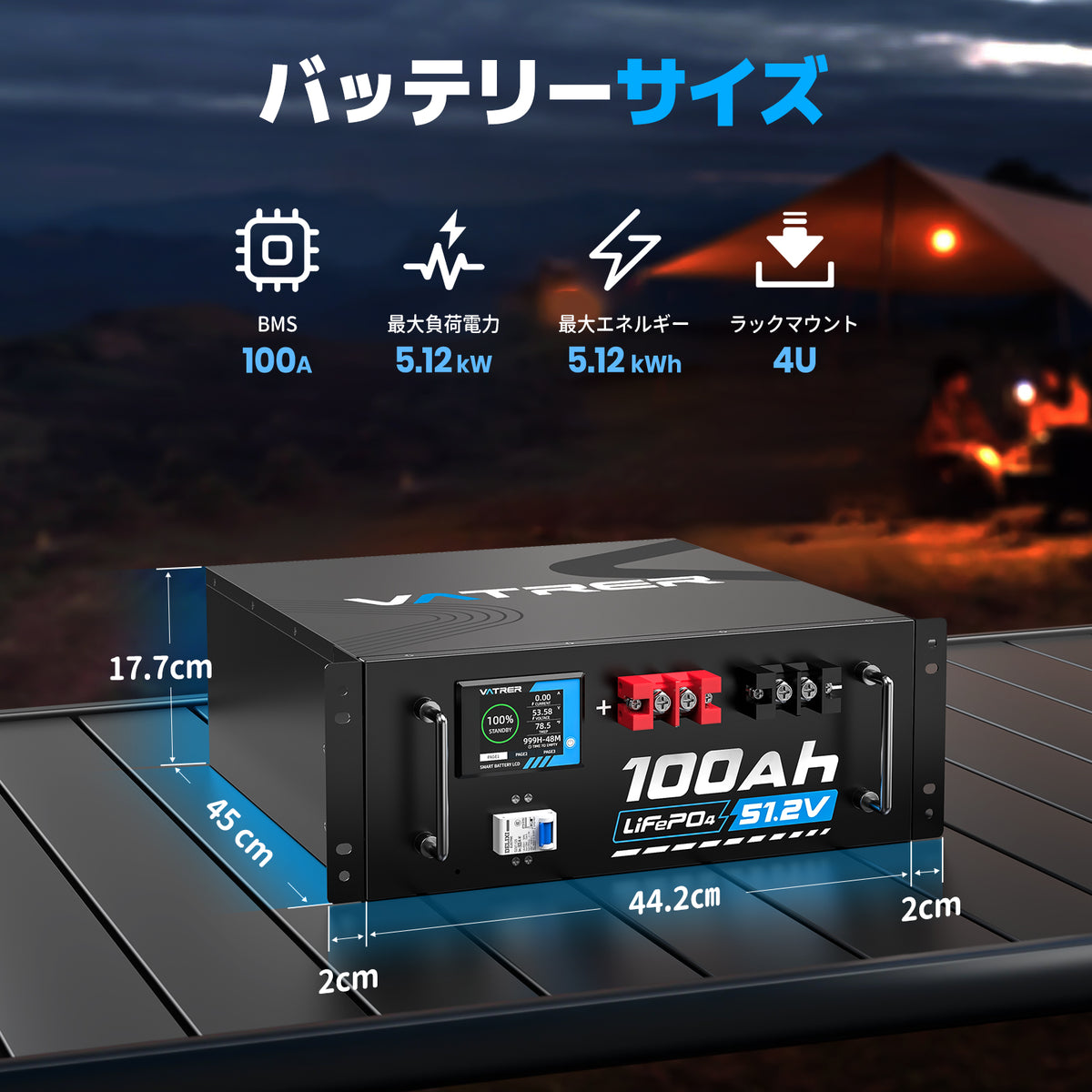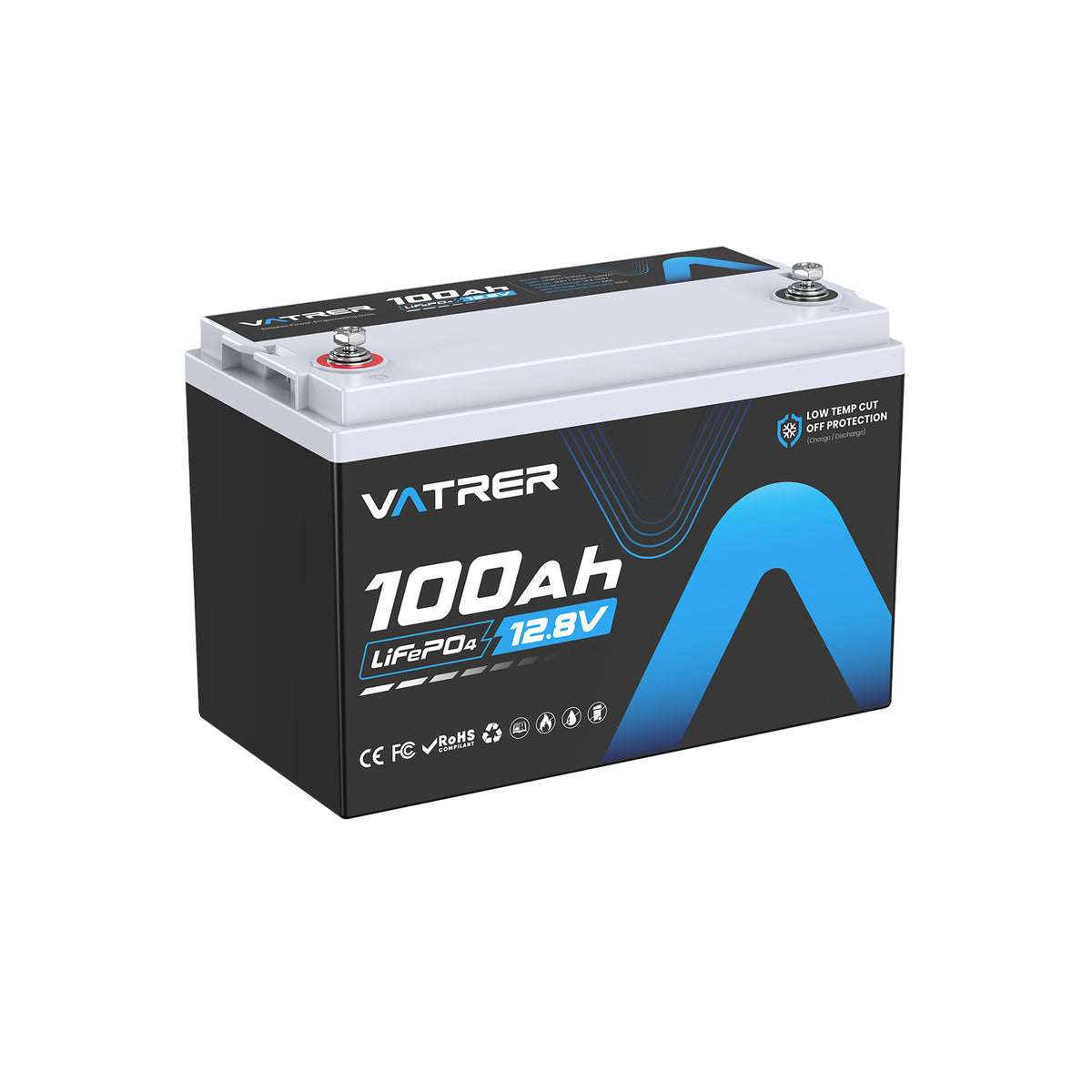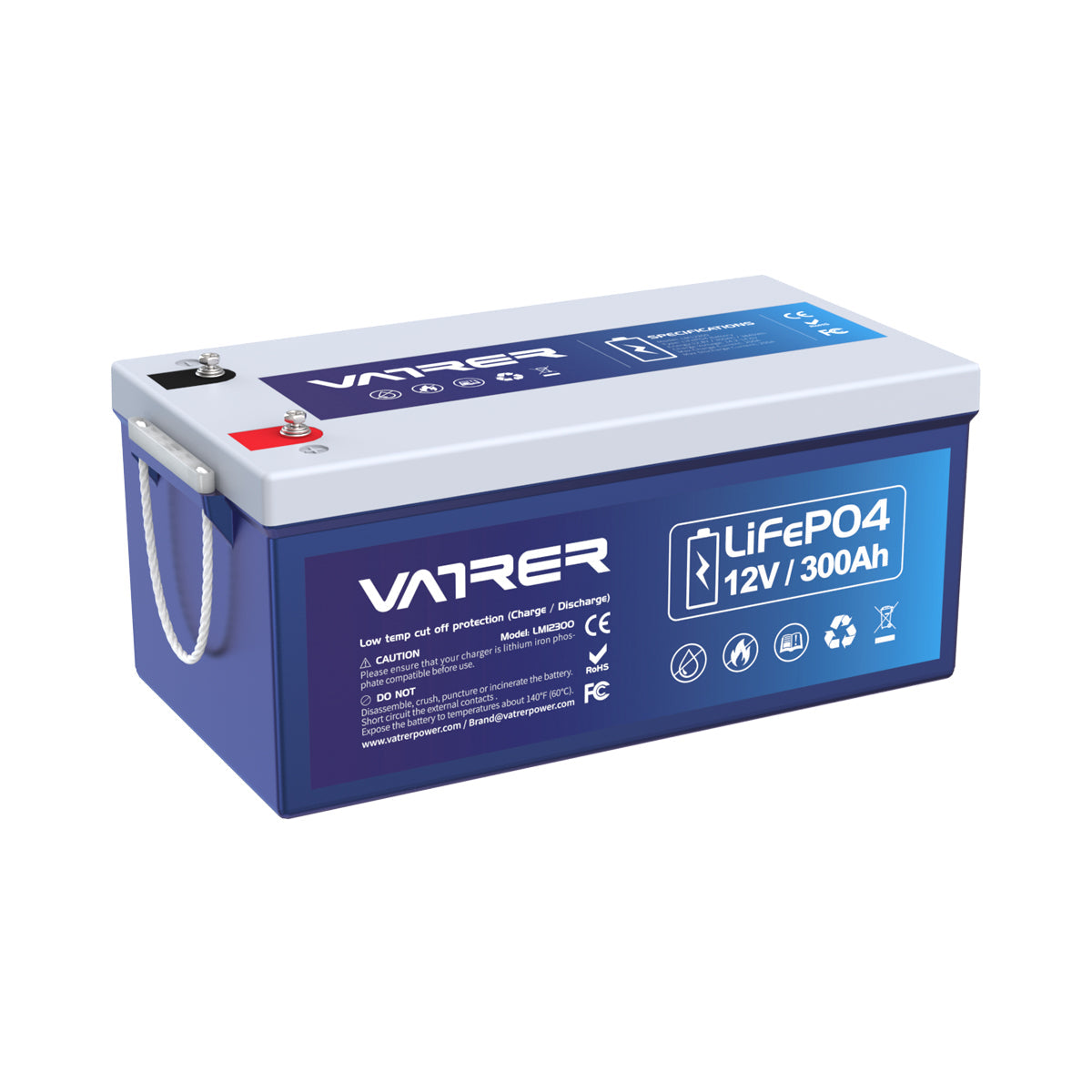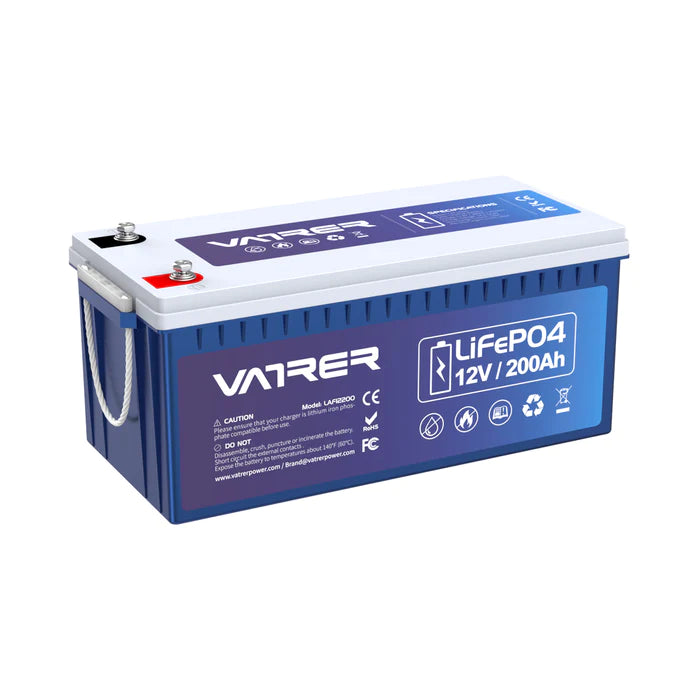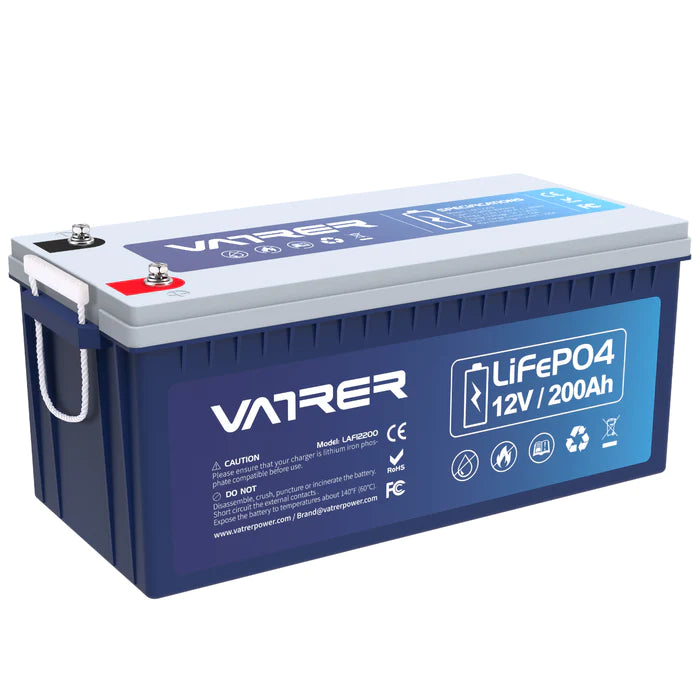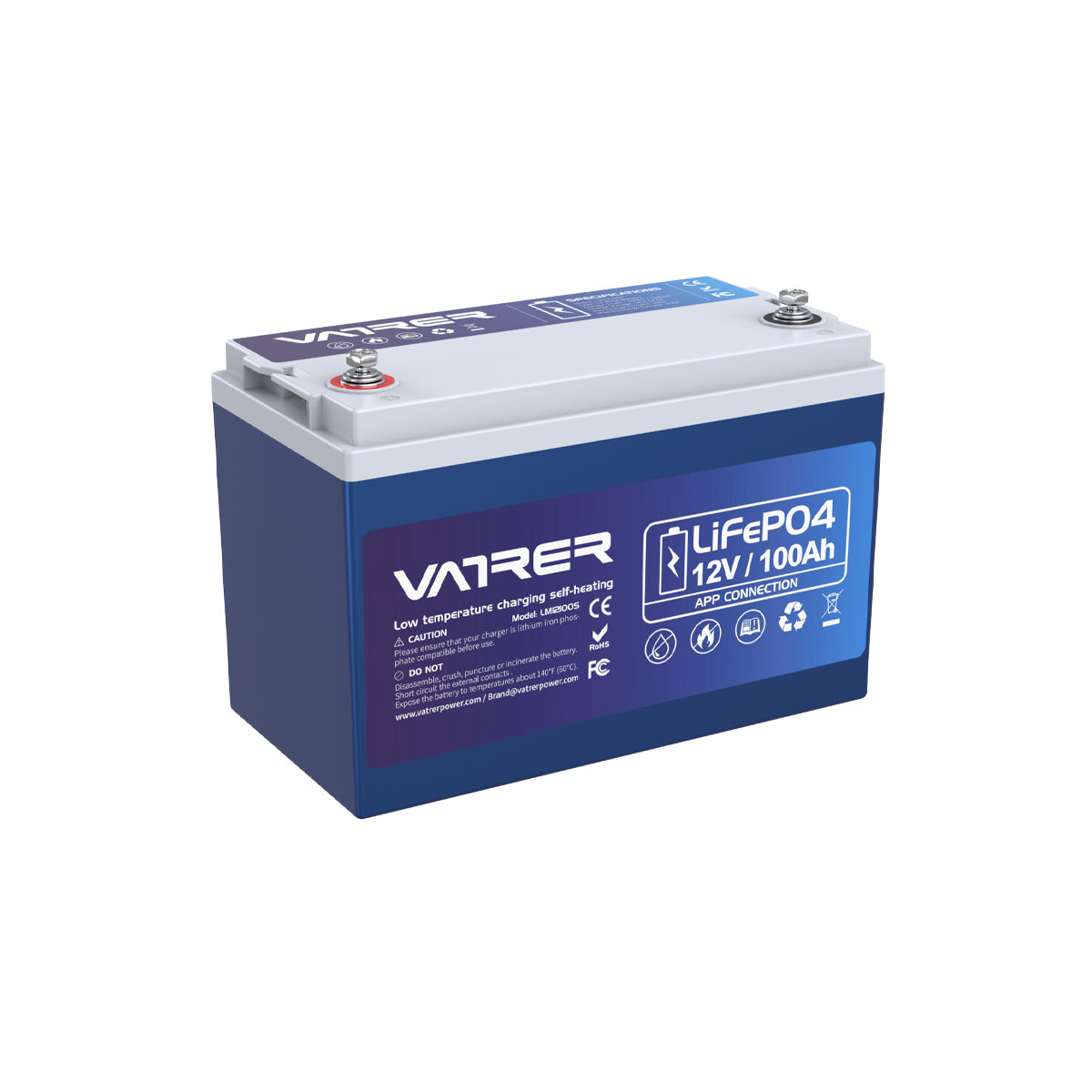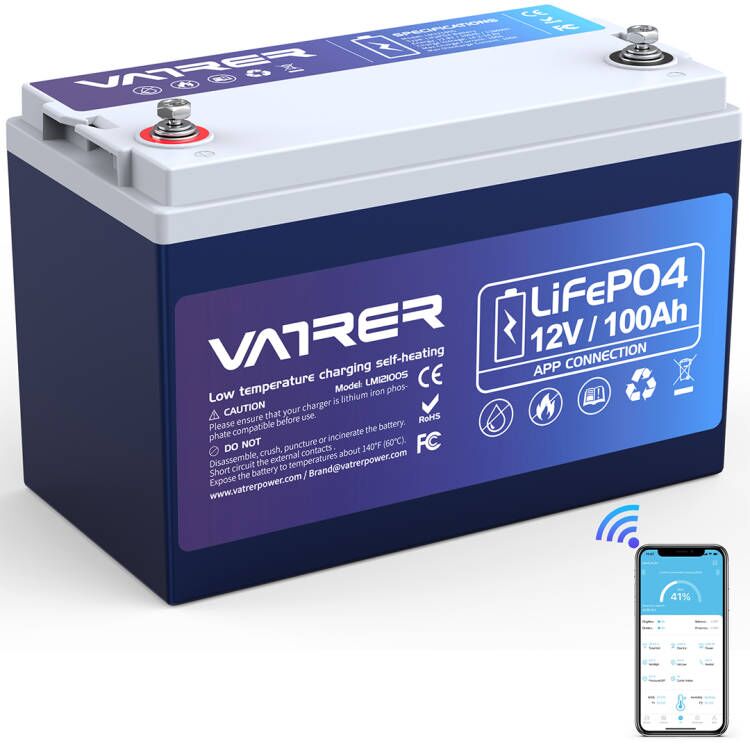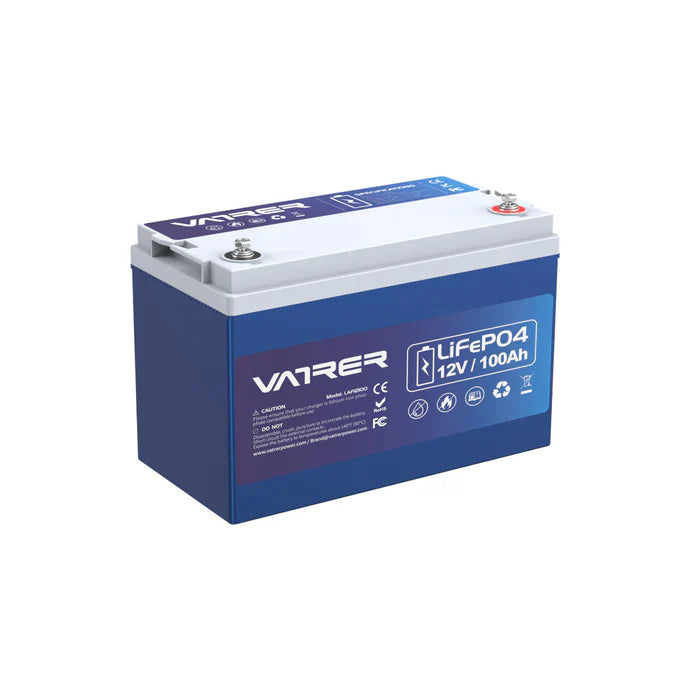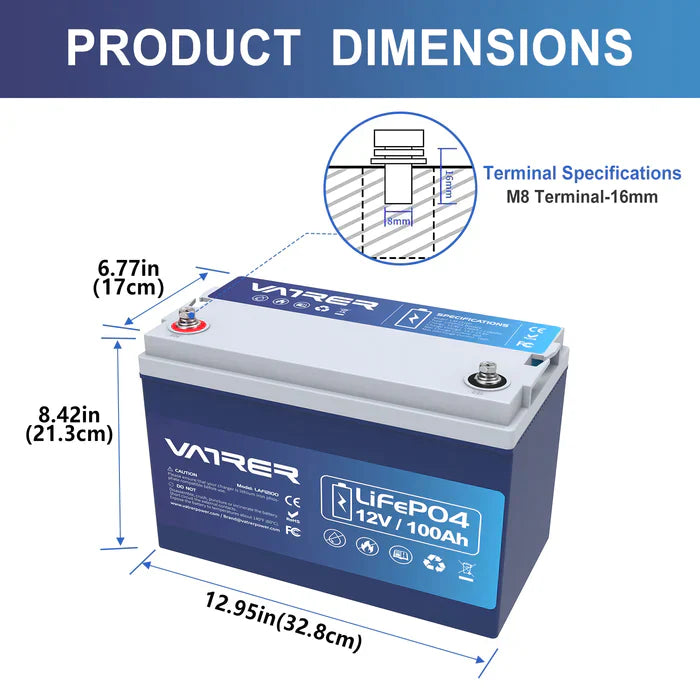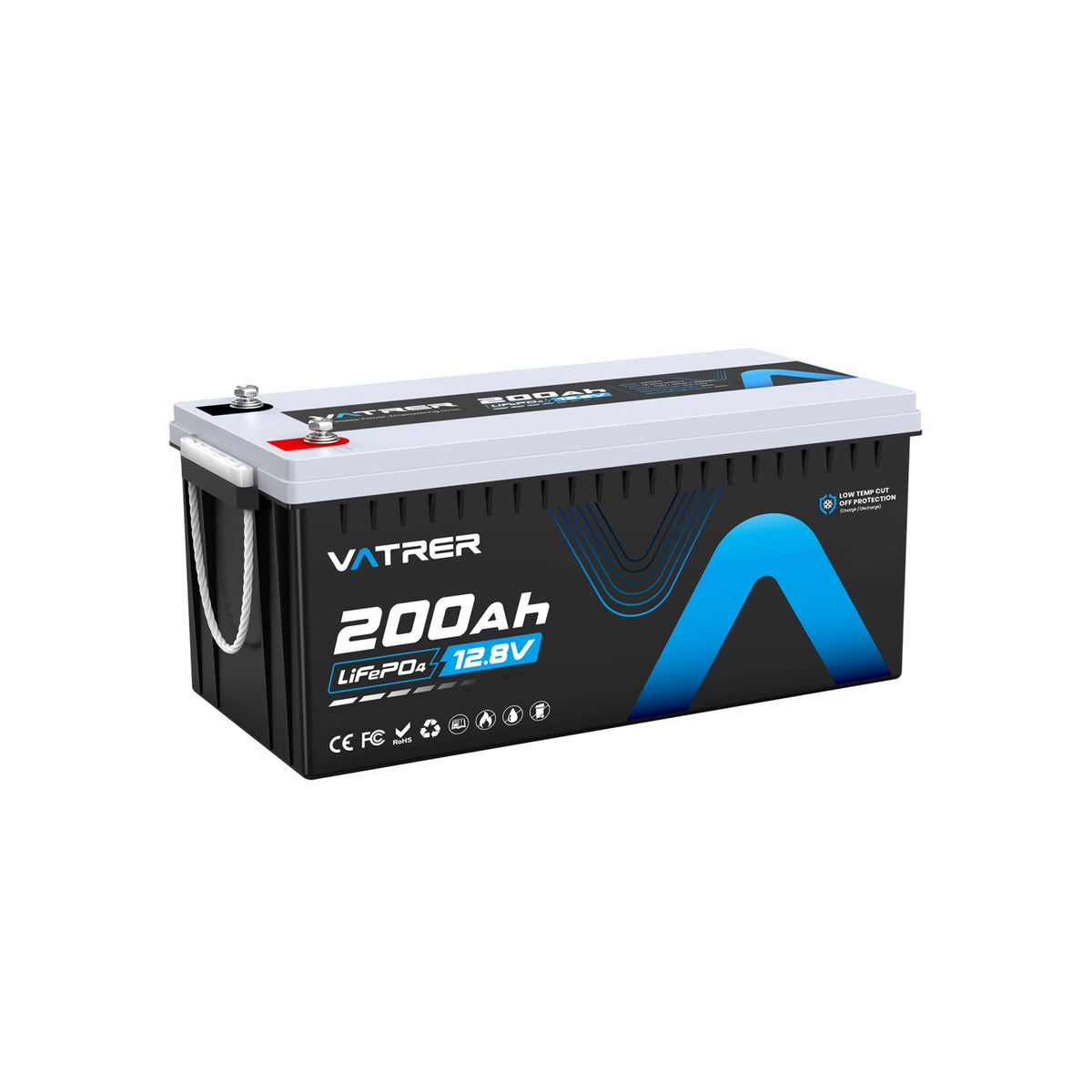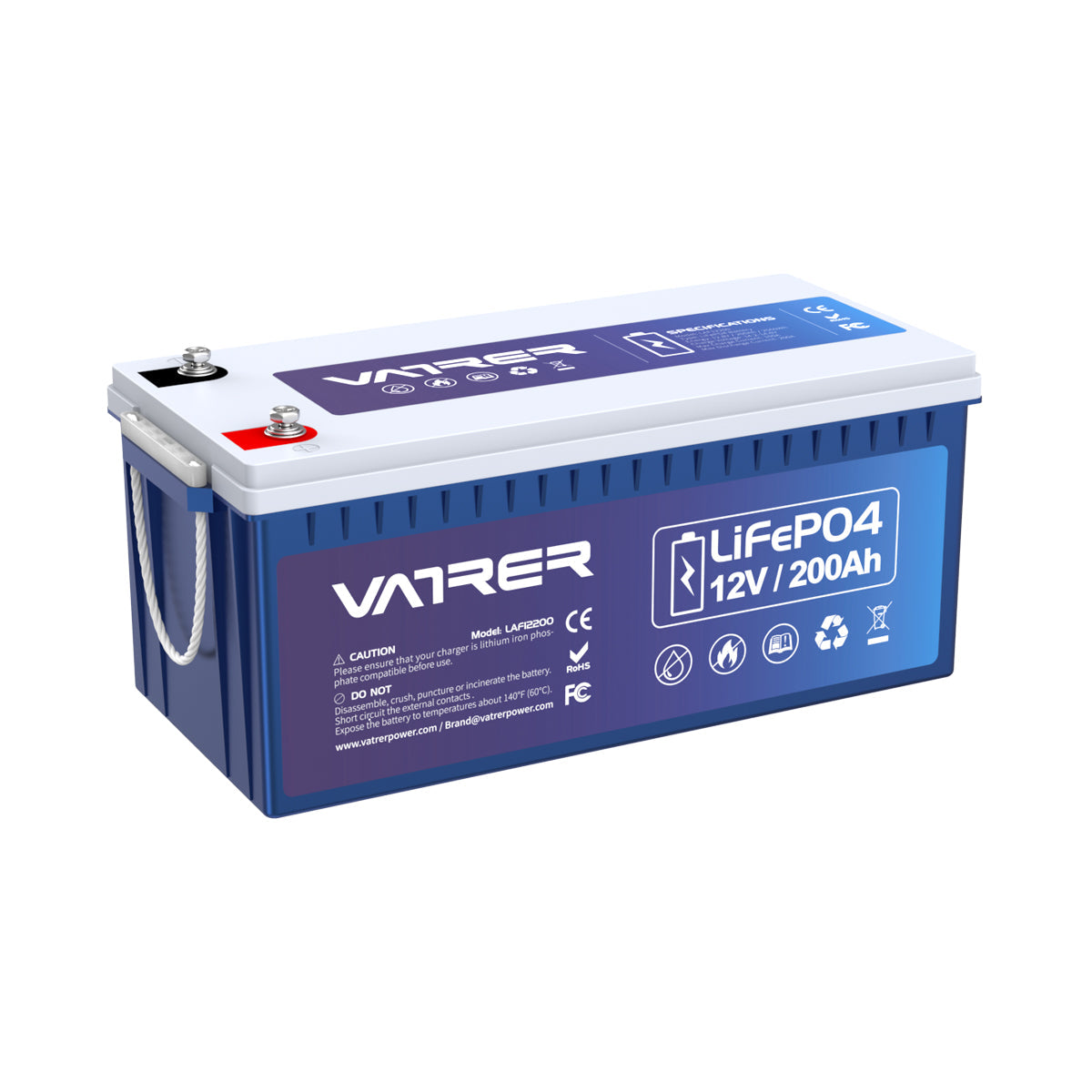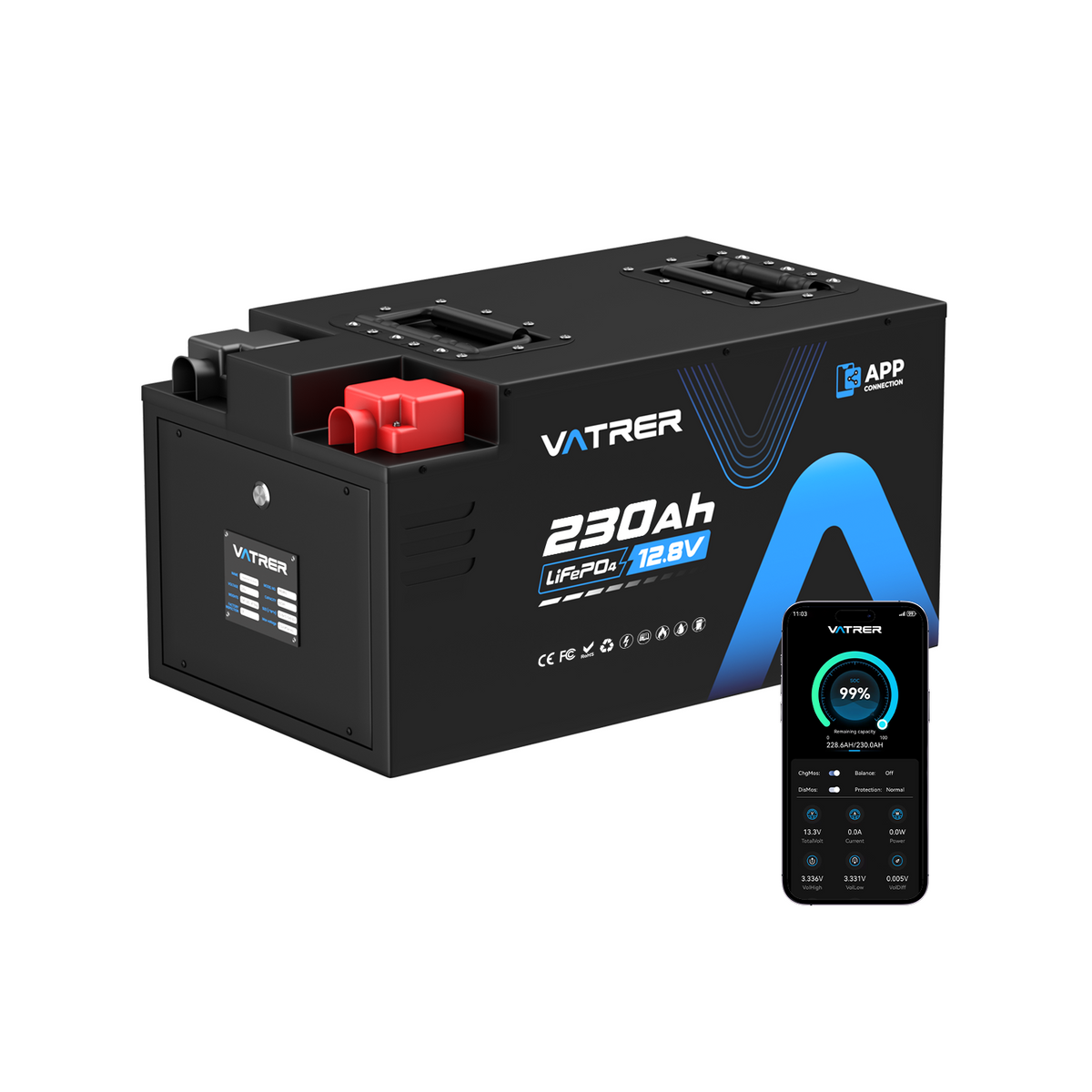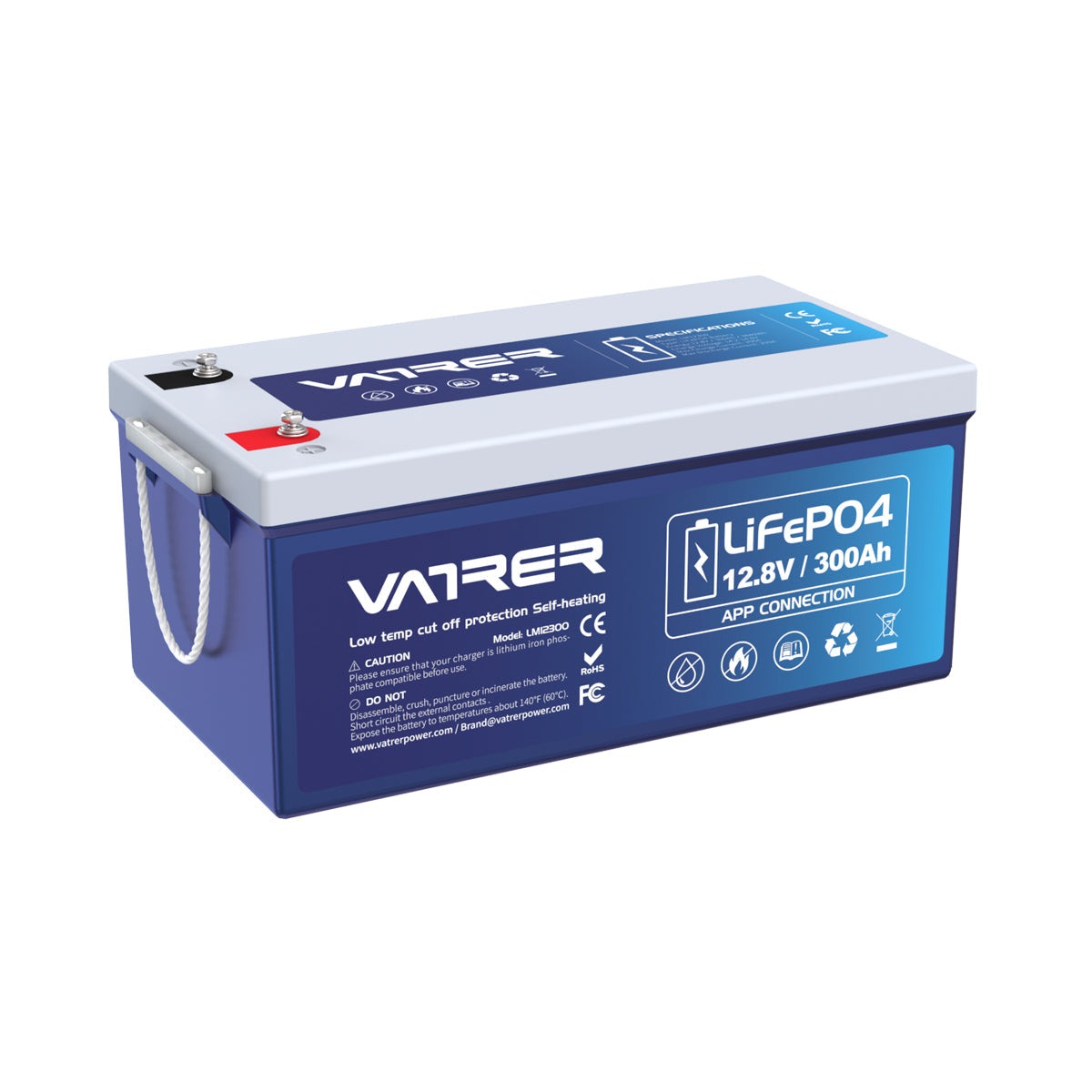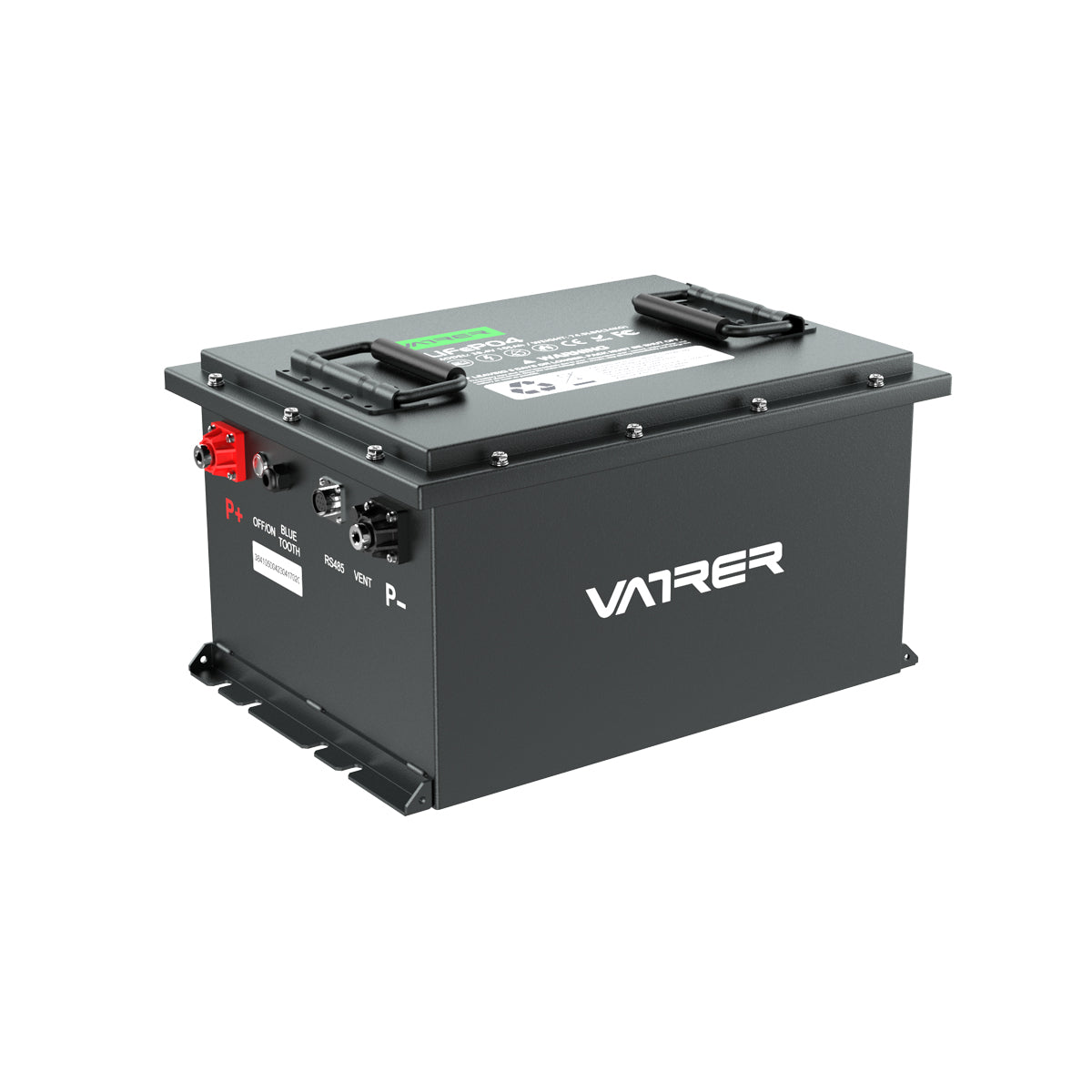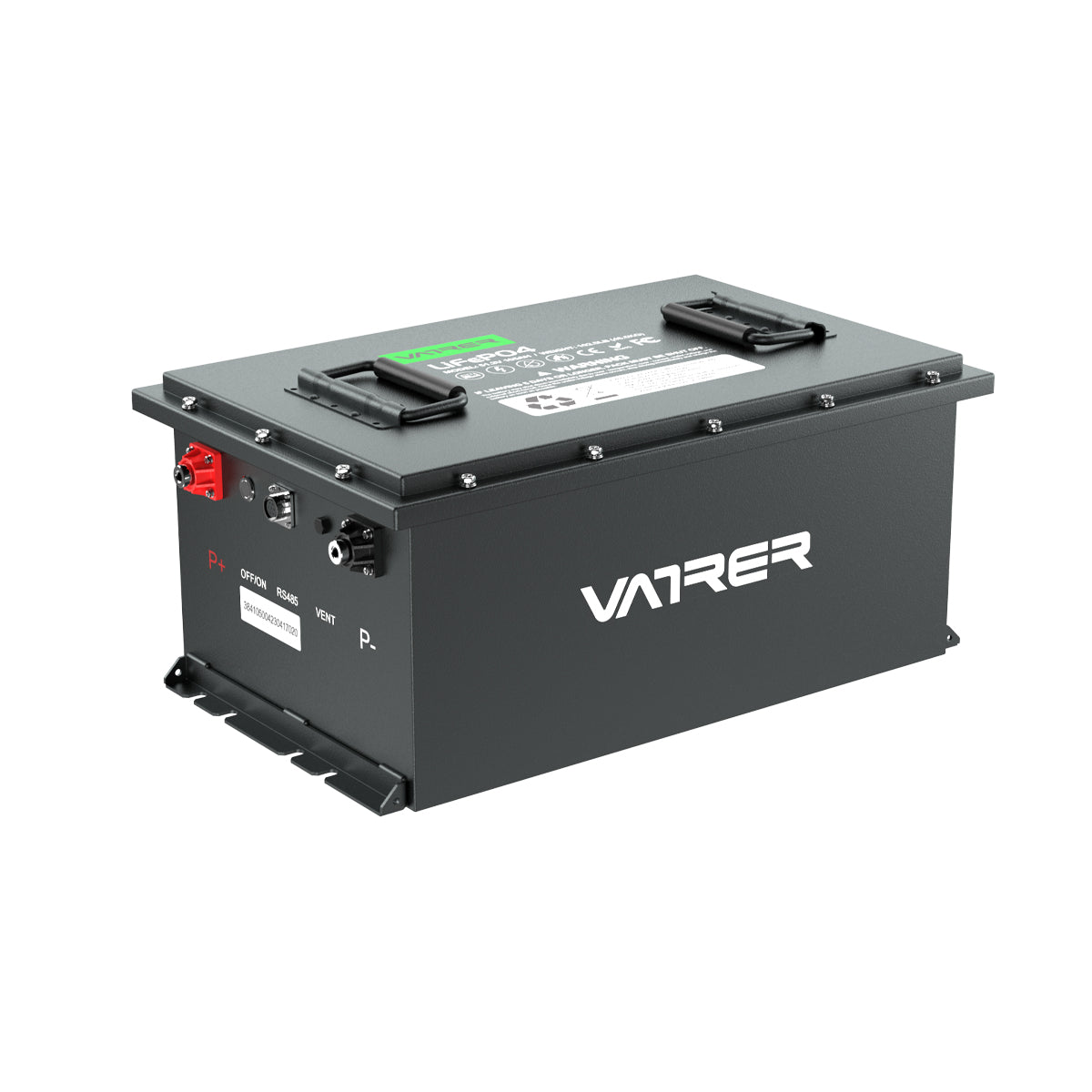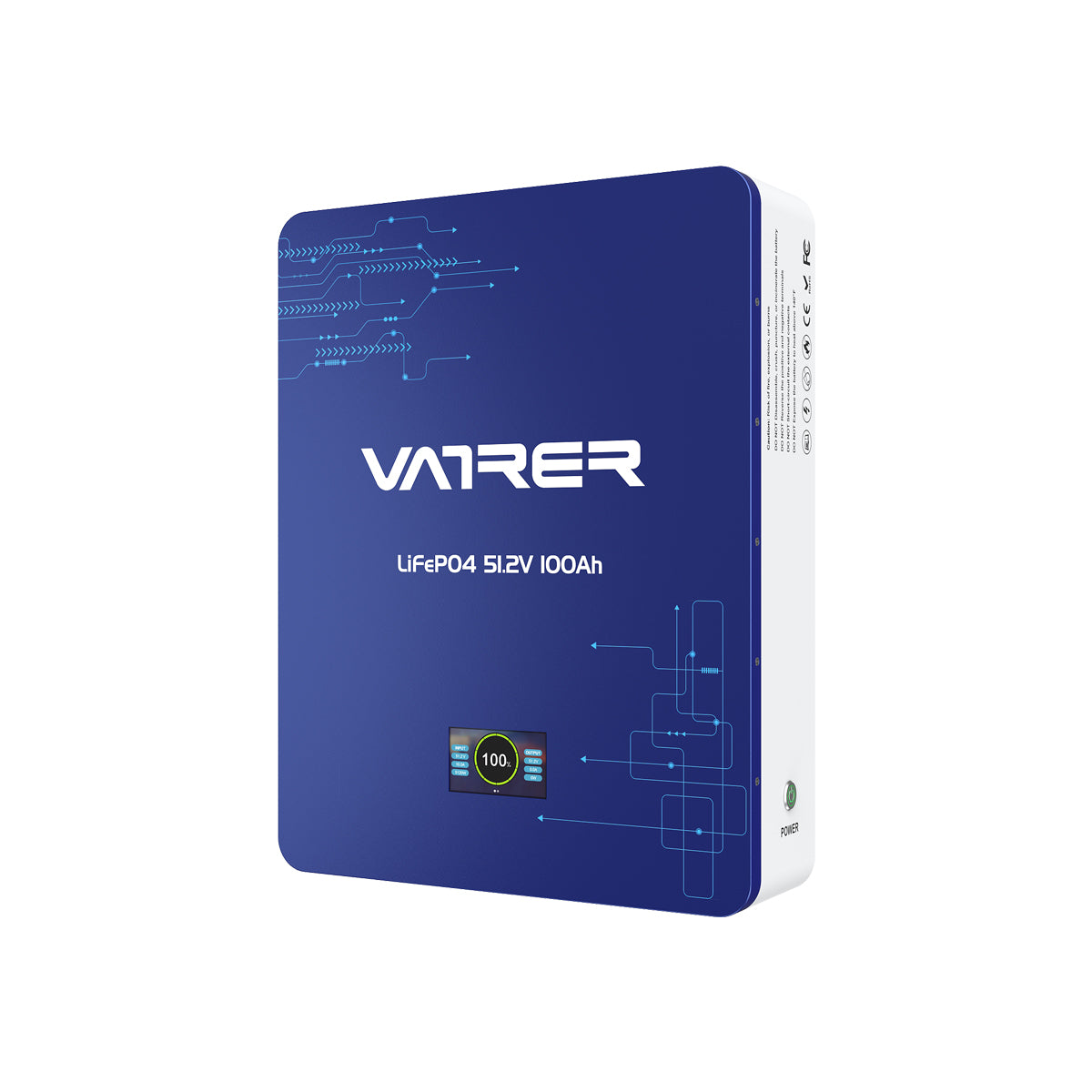Table of Contents
- 1. Introduction
- 2. Self-Heating Lithium Battery Technology
- Mechanism of Self-Heating
- Advantages in Low-Temperature Environments
- Current Applications and Research
- 3. Stacking Lithium Batteries
- General Principles of Stacking
- Benefits of Stacking for Energy Capacity and Power Output
- Challenges in Stacking, Including Thermal Management
- 4. Safety Considerations
- Heat Dissipation Issues
- Risk of Ignition and Safety Hazards
- Balancing and Maintaining Battery Performance
- 5. Case Studies and Examples
- 6. Future Directions
- Innovations in Battery Stacking Technology
- Potential for Self-Heating Batteries in Various Industries
- 7. Conclusion
1. Introduction
Overview of Lithium Batteries
Lithium-ion batteries have become a cornerstone of modern energy storage solutions, powering everything from smartphones to electric vehicles. Their high energy density, long cycle life, and relatively low self-discharge rates make them an ideal choice for a wide range of applications. However, these batteries face significant challenges in extreme temperature conditions, particularly in cold environments where their performance can degrade substantially.
Importance of Self-Heating Technology
To address the limitations of lithium-ion batteries in low-temperature environments, self-heating technology has emerged as a promising solution. This technology allows batteries to autonomously increase their internal temperature, thereby maintaining optimal performance even in sub-zero conditions. The self-heating mechanism not only enhances the battery's power output but also extends its operational range, making it suitable for applications in cold climates.
Purpose of Stacking Batteries
Stacking lithium batteries is a common practice aimed at increasing the overall energy capacity and power output of a battery system. By connecting multiple battery cells in series or parallel configurations, larger energy storage systems can be created. This scalability is particularly beneficial for applications requiring high power and energy, such as electric vehicles and grid storage solutions. However, the integration of self-heating technology into stacked battery systems presents unique challenges and opportunities that warrant further exploration.

2. Self-Heating Lithium Battery Technology
Mechanism of Self-Heating
The self-heating mechanism in lithium-ion batteries typically involves the use of internal resistive heating elements or electrochemical reactions that generate heat. These systems are designed to activate at low temperatures, warming the battery to an optimal operating range. The heat generated is carefully controlled to prevent overheating and ensure uniform temperature distribution across the battery cells.
Advantages in Low-Temperature Environments
Self-heating lithium batteries offer significant advantages in cold environments. They can rapidly warm up to operational temperatures, reducing the energy loss associated with low-temperature performance. This capability is particularly valuable for electric vehicles, which can experience reduced range and efficiency in cold weather. Additionally, self-heating batteries can improve the reliability and safety of energy storage systems in harsh climates.
Current Applications and Research
Research into self-heating lithium batteries is ongoing, with numerous studies focusing on optimizing the self-heating mechanisms and improving the efficiency of these systems. Current applications include electric vehicles, aerospace, and renewable energy storage, where maintaining battery performance in varying temperature conditions is critical. Innovations in materials and design continue to enhance the capabilities of self-heating batteries, paving the way for broader adoption.
3. Stacking Lithium Batteries
General Principles of Stacking
Stacking lithium batteries involves connecting multiple cells in series or parallel configurations to achieve desired voltage and capacity levels. In a series configuration, the voltage of each cell is added together, while in a parallel configuration, the capacity is increased. Proper stacking requires careful consideration of cell matching, thermal management, and electrical balancing to ensure optimal performance and safety.
Benefits of Stacking for Energy Capacity and Power Output
The primary benefit of stacking lithium batteries is the ability to create larger energy storage systems with increased capacity and power output. This scalability is essential for applications such as electric vehicles, where high energy density and power are required. Stacking also allows for modular battery designs, enabling easy expansion and customization of energy storage solutions.
Challenges in Stacking, Including Thermal Management
While stacking offers numerous benefits, it also presents significant challenges, particularly in terms of thermal management. As more batteries are stacked together, heat dissipation becomes a critical issue. Inadequate thermal management can lead to uneven temperature distribution, reduced performance, and safety hazards such as thermal runaway. Ensuring proper heat dissipation and maintaining balance within the stack are essential for the safe and efficient operation of stacked battery systems.
4. Safety Considerations
Heat Dissipation Issues
Effective heat dissipation is crucial for the safe operation of stacked lithium batteries. Without proper thermal management, the heat generated during charging and discharging can accumulate, leading to increased internal temperatures and potential safety risks. Advanced cooling systems, such as liquid cooling or phase change materials, are often employed to manage heat dissipation in large battery stacks.
Risk of Ignition and Safety Hazards
The risk of ignition and other safety hazards is a significant concern when stacking lithium batteries, particularly those with self-heating capabilities. Self-heating mechanisms must be carefully controlled to prevent excessive heat generation and ensure uniform temperature distribution. Additionally, robust safety protocols and monitoring systems are necessary to detect and mitigate potential safety issues.
Balancing and Maintaining Battery Performance
Maintaining balance within a stacked battery system is essential for optimal performance and longevity. Imbalances in cell voltage or capacity can lead to uneven charging and discharging, reducing the overall efficiency and lifespan of the battery system. Advanced battery management systems (BMS) are employed to monitor and balance the cells, ensuring consistent performance and preventing potential safety hazards.
5. Case Studies and Examples
Examples of Successful Stacking Implementations
Several successful implementations of stacked lithium battery systems with self-heating capabilities have been documented. For instance, electric vehicle manufacturers have integrated self-heating battery packs to enhance cold-weather performance and extend driving range. In the renewable energy sector, stacked battery systems with self-heating technology have been used to improve the reliability and efficiency of energy storage solutions in cold climates.
Lessons Learned from Past Failures
Past failures in stacking lithium batteries have highlighted the importance of proper thermal management and safety protocols. Inadequate heat dissipation and imbalances within the battery stack have led to performance issues and safety incidents. These lessons underscore the need for rigorous testing and validation of stacked battery systems, particularly those incorporating self-heating technology.
6. Future Directions
Innovations in Battery Stacking Technology
Ongoing research and development efforts are focused on advancing battery stacking technology, with a particular emphasis on improving thermal management and safety. Innovations in materials, cooling systems, and battery management technologies are expected to enhance the performance and reliability of stacked battery systems. Additionally, the integration of self-heating technology into stacked configurations presents new opportunities for optimizing energy storage solutions.
Potential for Self-Heating Batteries in Various Industries
The potential applications of self-heating lithium batteries extend beyond traditional energy storage solutions. Industries such as aerospace, robotics, and space exploration stand to benefit from the enhanced performance and reliability of self-heating batteries in extreme temperature conditions. As technology continues to evolve, self-heating batteries are likely to play a critical role in enabling new applications and expanding the capabilities of energy storage systems.
7. Conclusion
Summary of Findings
The stacking of self-heating lithium batteries presents both opportunities and challenges. While stacking can significantly enhance energy capacity and power output, it also requires careful consideration of thermal management and safety. Self-heating technology offers valuable benefits in low-temperature environments, improving battery performance and reliability.
Final Thoughts on the Feasibility and Safety of Stacking Self-Heating Lithium Batteries
The feasibility of stacking self-heating lithium batteries depends on the successful integration of advanced thermal management and safety systems. With ongoing research and innovation, the potential for safe and efficient stacked battery systems is promising. As technology continues to advance, self-heating lithium batteries are poised to play a pivotal role in the future of energy storage, offering enhanced performance and reliability across a wide range of applications.





